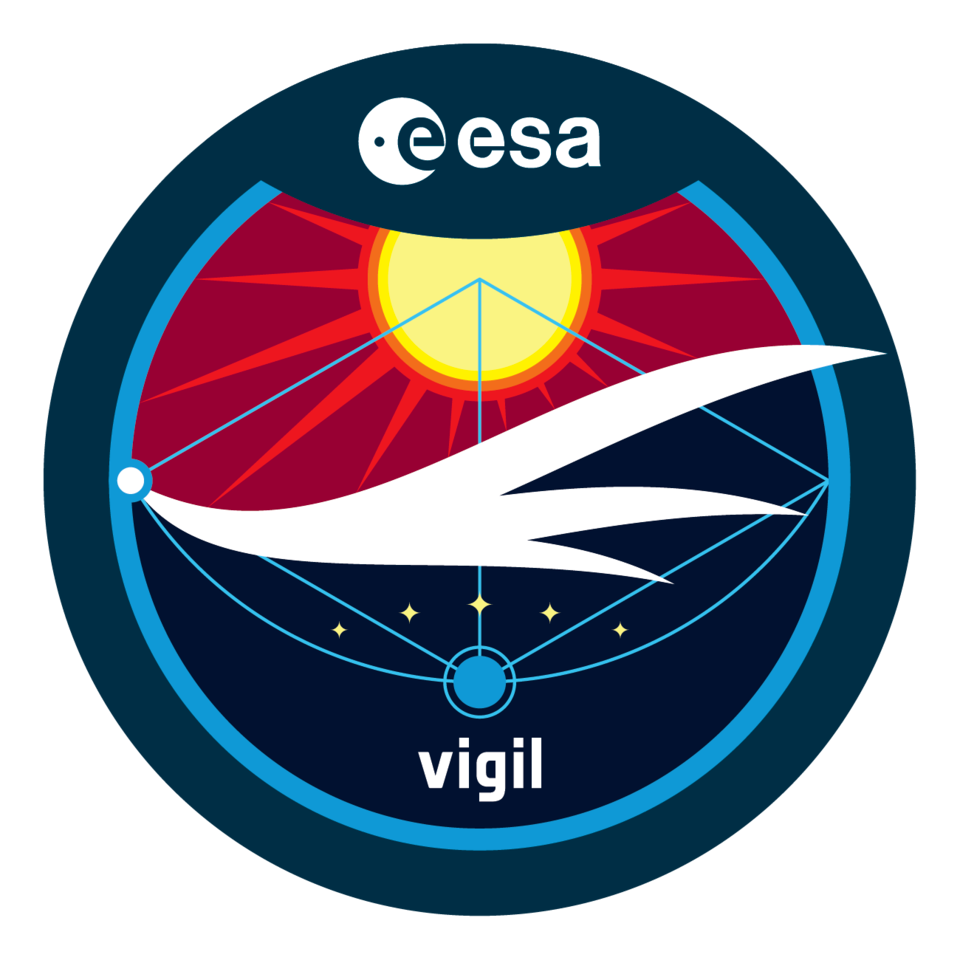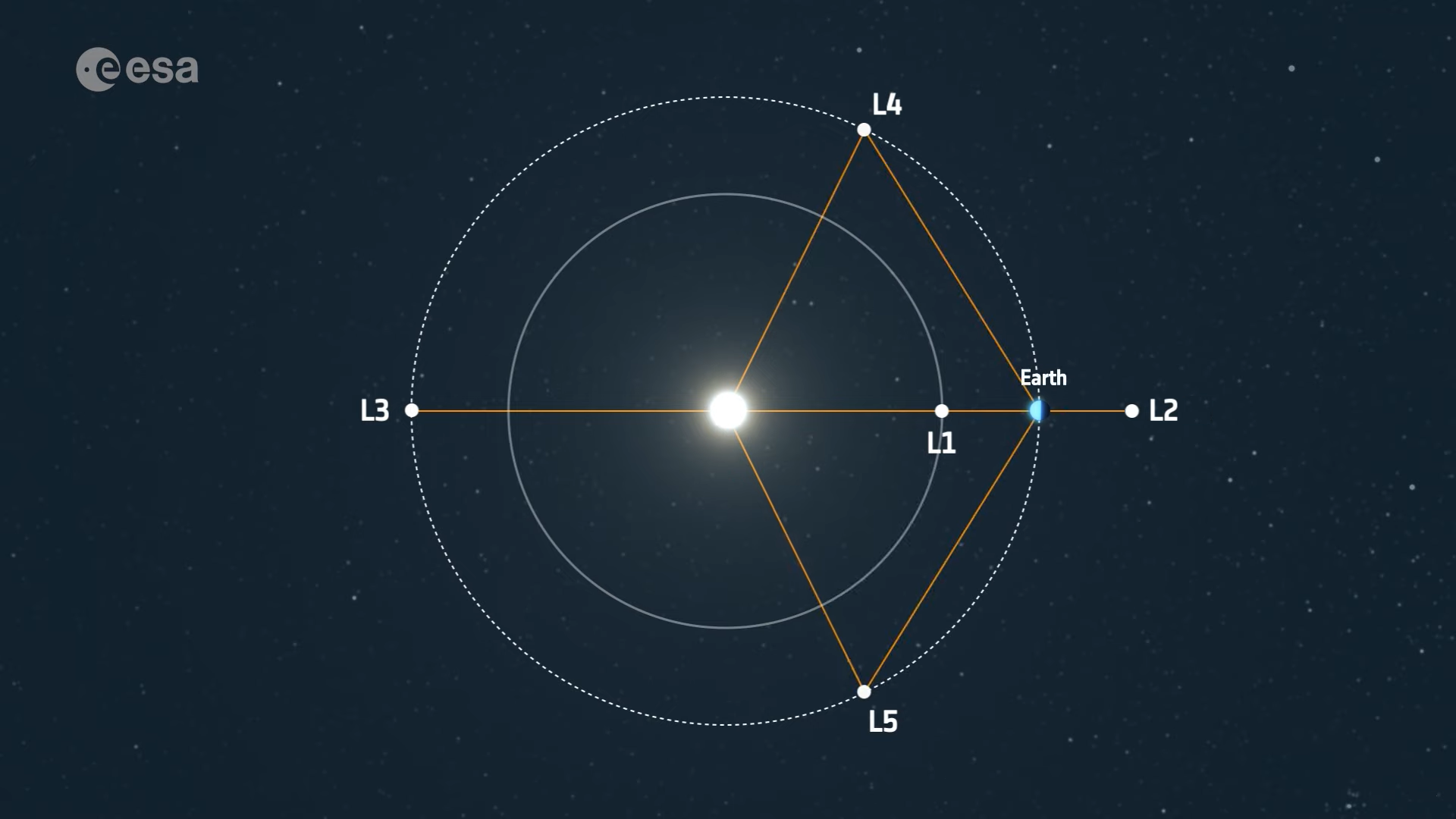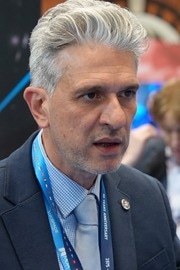AZoQuantum sat down at the UK Space Conference with Giuseppe Mandorlo, Project Manager for ESA's Vigil mission, to discuss how this groundbreaking space weather satellite will enhance solar storm forecasting, drive international collaboration, and deliver unmatched cost-benefit for global space safety.
Could you please introduce yourself, your role at ESA and how you came to work on the Vigil project?
I’m Giuseppe Mandorlo, the Project Manager of Vigil at the European Space Agency’s Space Technology Centre in Noordwijk. My core responsibility is to deliver the Vigil satellite on time, within budget, and to performance specifications. This involves building and leading a strong internal team at ESA, overseeing contractor selection and procurement, and managing key technical milestones throughout the mission lifecycle, as well as interfacing with internal stakeholders (the ESA member states), and external parties such as NASA, NOAA.
I’m also responsible for advocating for funding, ensuring stakeholders understand the mission's value, and securing the financial support needed to bring it to life. This last part is absolutely critical, because when you consider the potential economic impact of a major solar storm (up to €2.4 trillion over five years), the cost-benefit of Vigil, at just over €800 million, is unmatched.

Vigil's mission patch. Image Credit: European Space Agency
Could you give us an overview of the Vigil mission and its primary goals within ESA’s broader Space Safety Programme?
Vigil is the cornerstone of ESA’s Space Weather activities within the Space Safety Programme. It joins Ramses, focused on planetary defense, and ADRIOS, which targets orbital debris and in-orbit servicing. Vigil is Europe’s first operational space weather satellite and the first ESA mission to be deployed at Lagrange Point L5. It’s an operational, service-driven mission that aims to improve the monitoring, forecasting, and mitigation of space weather events that can impact satellites, astronauts, power grids, and aviation.
Download the PDF of the interview here
How does Vigil improve our ability to monitor space weather events compared to the current systems?
Vigil’s unique position at L5 provides a unique side view of the sun and solar activity. It allows for earlier detection of solar events, and improves our ability to track these events as they move along the Sun-Earth line. This allows us to calculate the speed, impact location, and arrival time of solar storms with greater accuracy.
Almost more importantly, Vigil is designed for rapid data turnaround. It is critical to bring down and process data within strict latency windows, especially for “nowcasting” scenarios where we may only have 12–18 hours of lead time.
How will the Vigil spacecraft’s unique positioning at Lagrange Point L5 enhance its ability to detect solar activity before it impacts Earth or space assets?
L5 offers a side-on view of solar events moving toward Earth, as opposed to the head-on perspective from L1. This geometry lets us determine speed and direction much more reliably, similar to watching an arrow from the side rather than facing it head-on. Vigil also monitors the far side of the Sun, allowing us to observe the sources of solar activity such as flares and coronal mass ejections before they rotate into view, potentially extending warning times from hours to several days with further scientific advances.

Image Credit: European Space Agency
What exactly does this increased granularity in the data involve, and why is it so critical for early warning and response?
Vigil provides 24/7 monitoring of solar activity, including high-resolution imaging and direct in-situ measurements of solar winds and magnetic fields. One key instrument, the Photospheric Magnetographic Imager (PMI), is best-in-class. There are only a couple of institutions worldwide capable of building it. The continuous data stream it provides allows for higher temporal and spatial resolution.
Once Vigil issues a warning, what are the immediate steps taken by operators on Earth to protect satellites, astronauts aboard the ISS, or ground-based infrastructure?
The data is processed by the Space Weather Network and turned into tailored warnings. Each domain has specific concerns: astronauts need radiation dose forecasts, while power grids look at geomagnetic storm probabilities, and aviation needs timely alerts to reroute long-haul flights. Satellite operators may shut down sensitive payloads to reduce radiation damage, like NASA did during the May 2024 solar storm. Aircraft traffic may be the sector most in need of latency, since you may have only a few hours’ notice to reroute the most remote aircraft.
Can you elaborate on how Vigil will coordinate with existing international monitoring systems to form a more cohesive global space weather alert network?
Vigil is built on international collaboration. For instance, we’re flying one NOAA instrument and they’ll fly one of ours, with both sides sharing complete datasets to maximize scientific value. We’re also looking to cooperate with Korea’s planned L4 mission, as well as Japan and India for ground station integration. This data sharing enhances global coverage and enables the creation of 3D reconstructions of solar events by combining standard image data collected from both the L1 and L5 vantage points.
Vigil:?ESA’s space weather reporter in deep space
Video Credit: European Space Agency
From a project management perspective, what have been some of the key engineering or logistical challenges in designing a mission with such a crucial role in operational safety?
Because Vigil is Europe’s first L5 and first operational space weather mission, we had to build a world-class team of engineers within ESA. Identifying what the critical technologies were going to be was capital for the success of the mission.
Another major challenge is technology readiness. Because Vigil’s instruments are so advanced, we had to prioritize developing some of them ahead of the satellite platform itself, which is the opposite of the typical mission development sequence. Managing the risk around these instruments is crucial, as payloads typically drive mission complexity, cost, and schedule risk.
How do you see Vigil shaping future policies or international cooperation in the domain of space weather mitigation and space safety at large?
Vigil is already acting as a catalyst for international cooperation and data standardization. The insights we generate will inform how agencies assess risks tied to new technologies, guide multinational policy, and improve coordination between spacefaring nations. Looking further ahead, as we look toward becoming a multi-planetary species, consistent and reliable space weather forecasting will be critical, not just for Earth-based systems, but for the safety of astronauts and off-planet infrastructure as well.
No matter how you look at it, the mission’s cost-benefit is clear, especially when weighed against the potential damage solar storms can inflict on satellites, power grids, and communication systems. While Vigil is primarily an operational mission, it also holds significant research value, and will offer new insights into solar activity and space weather dynamics.
About the Speaker

Giuseppe Mandorlo is the Project Manager for the European Space Agency's (ESA) Vigil mission, Europe's first operational space weather satellite. In this role, he leads efforts to provide early warnings of solar events that could disrupt Earth's infrastructure. He started his career in ESA over 22 years ago as a Data Handling engineer in the Technology Development directorate before moving to Galileo as a payload engineer. Prior to his current role of Vigil Project Manager, Giuseppe was head of the Copernicus Sentinel-2 System, Engineering, and Operations section.
Disclaimer: The views expressed here are those of the interviewee and do not necessarily represent the views of AZoM.com Limited (T/A) AZoNetwork, the owner and operator of this website. This disclaimer forms part of the Terms and Conditions of use of this website.